
Reed Hastings, founder and CEO of U.S. online video site giant Netflix, predicted: “In 20 years, all TVs will be transferred to the Internet, and traditional TV networks will die out just like fixed phones.â€
This is indeed the case. The vigorous Internet TV is constantly challenging the legitimacy of traditional television. In the United States, Internet giants such as Amazon, Apple, and Google, as well as streaming media service providers such as YouTube and Netflix, have made great strides in the terrestrial network television field. An Internet TV battle has been surging.
In this issue, the media-savvy group sorts out the trend of Internet TV in the United States and tries to answer the following questions:
Why is the traditional TV platform forced to transform?
Why are resources and capital flocking to Internet TV at the same time?
Is this "new TV style" in the United States a lonely or global trend?
Born to the Web: American TV Circles Reshape the Jungle Rules
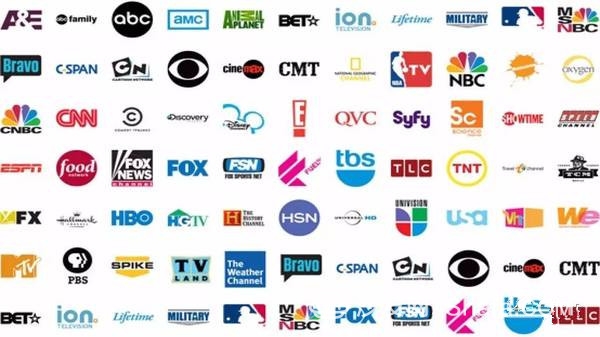
According to data research firm Statista Research, in January 2016, 43% of US pay-TV service subscribers subscribed to Netflix for 18-36-year-old users; at the same time, the older users subscribed to cable TV services. The more you see, the trend of the ageing trend of the cable TV viewing audience.
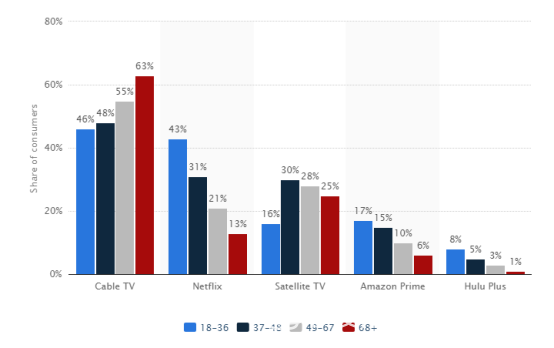
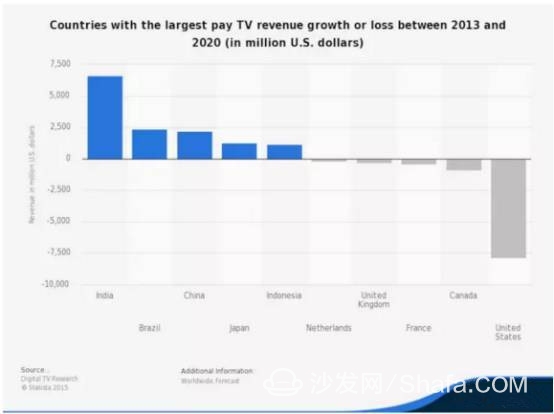
This is HBO, the US cable television network company, who cooperated with Apple to launch HBO Now Online Streaming Media in line with the concept of "HBO production, must be quality", rights to create games, jailbreak and other big wave high score movies and television works. The broadcast platform, which pays $14.99 a month, will be able to watch all the TV dramas, movies and documentaries produced by HBO.
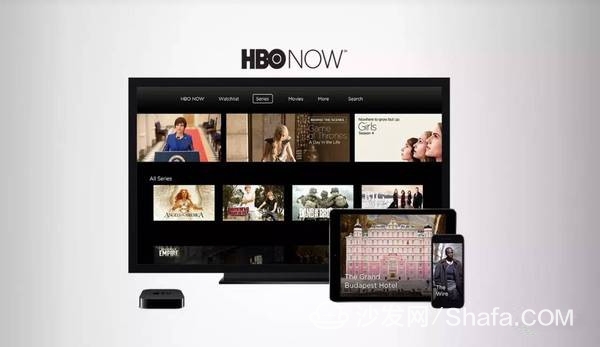
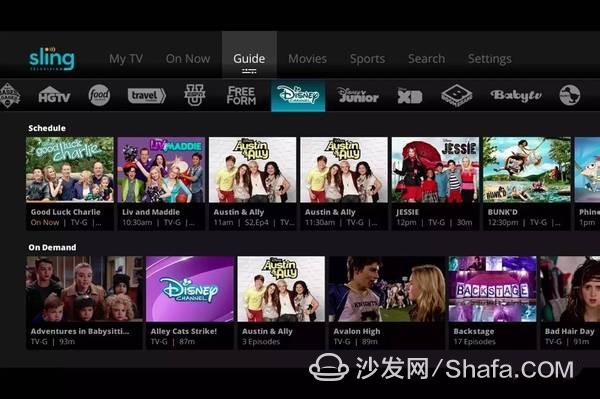
In addition, AMC, FX, and Showtime also launched network viewing platforms and various App terminals. Sony also launched PlayStation Vue, an Internet TV with at least 60 channels.

Prominent emergence: industry leaders in the incoming network TV In the past year, technology giants such as Amazon, Apple, Google and YouTube all entered the video market, further squeezing the market share of traditional TV platforms.
Amazon: Making TV with E-Commerce At the 2017 Academy Awards, Amazon Studios rushed to three smash hits. Each trophy shows the ambition of the Amazon commercial consortium to enter the online video business.
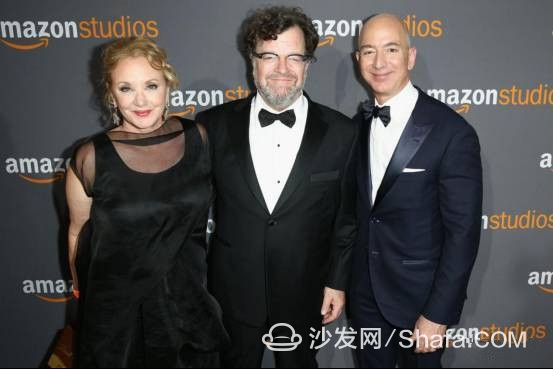
In the blink of an eye for more than 20 years, Amazon's attempt in the video field has been a success. In 2014, Fire TV launched a firm foothold in the set-top box market, and the content originality level was also approved by the Academy.
Unlike the television industry, which is profitable by "subscription + advertising," Amazon, which has its own e-commerce gene, presents another possibility of a business model. In 2011, it launched Prime Instant Video, packaged the original drama in the $99 Prime Instant Video (member instant video service), and attracted a large number of free movies and TV dramas to attract users to apply for membership. “All members have done it, always want to buy it. "That's something," and it also follows Amazon's ultimate goal of "sell more goods again."
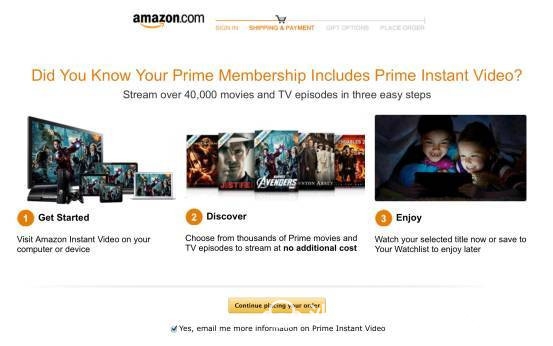
Apple: Up-to-Date The former Apple chief Steve Jobs disclosed to his biographer Walter Isaacson TV's development plan: He wanted to establish a more benign TV system and eventually break the traditional TV user interface.
In 2013, Apple’s current CEO, Cook, also said that TV is Apple’s area of ​​interest. In this regard, the company has long-term plans.
Even though Apple's two generations of chiefs are ideologically enough to focus on the TV field, the actual situation is not entirely satisfactory. After eight consecutive years from 2007 to 2015, Apple has launched four generations of Apple TV set-top boxes. There is no new move, and the legendary TV sets have not seen progress.
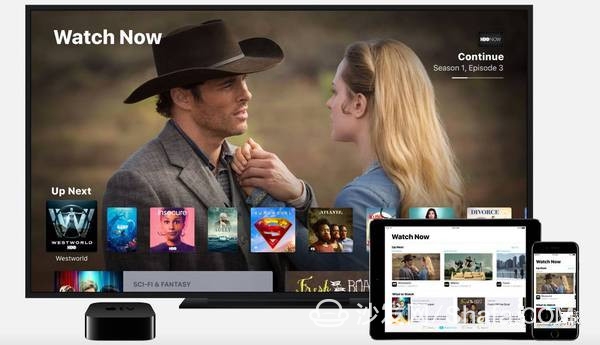
Over the past few years, I see the iphone launch one after another, when we almost forgot Apple's ambitions on TV, into 2017, Apple began to frequently zoom in. From Amazon, former chief executive of Fire Fire Department of Amazon Timothy D. Twerdahl was appointed as vice president to plan the release of the fifth generation of Apple TV. According to the Wall Street Journal, Apple is about to enter the drama production business. Some Apple executives told Hollywood that Apple plans to In addition to launching its own original TV series at the end of the year, Apple also plans to sell three premium TV channels to subscribers in a bundled channel package.
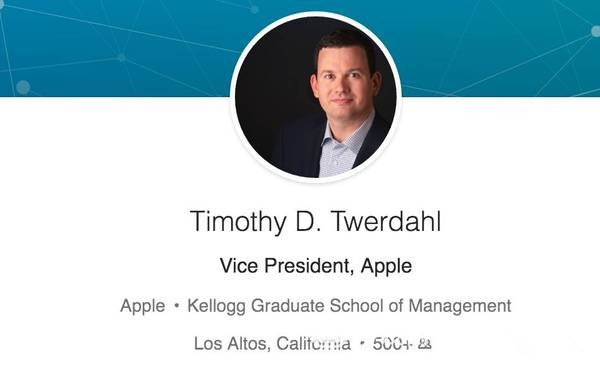
YouTube: What Challenges to Face from Video to TV YouTube was once considered free of charge by Google on the whole web; in February this year, YouTube announced TV live streaming and on-demand streaming service called “YouTube TVâ€. .
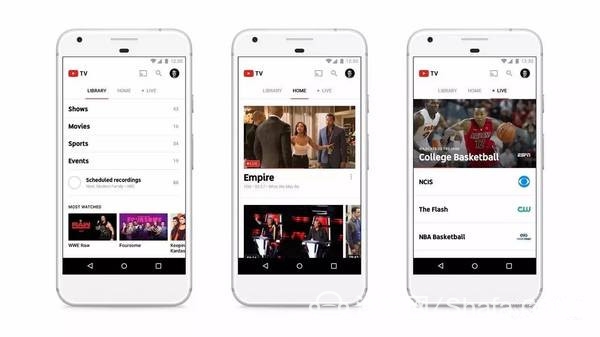
In addition, this service allows users to view the contents of more than 40 TV channels such as ABC, Fox, CBS, NBC, Disney, and ESPN through the mobile phone app, support the playback through Chromecast to TV, and simultaneously on 3 devices. Watch.

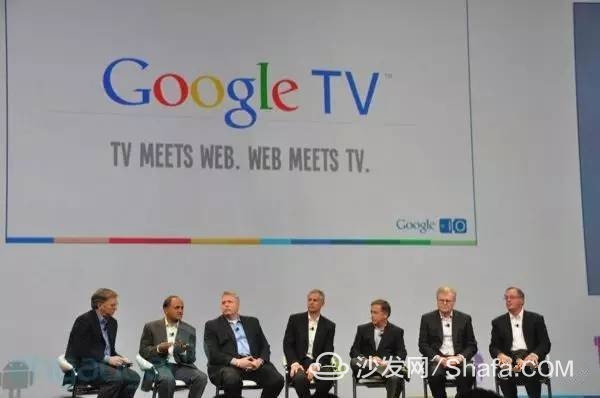
Netflix: Continue to invest heavily to build more house of cards

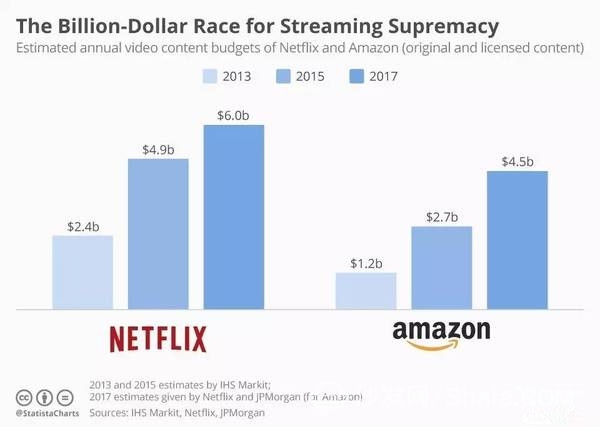
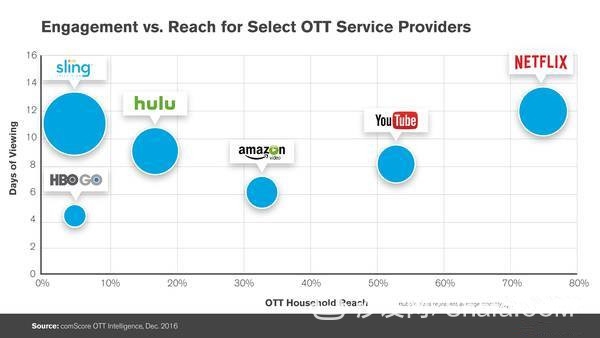
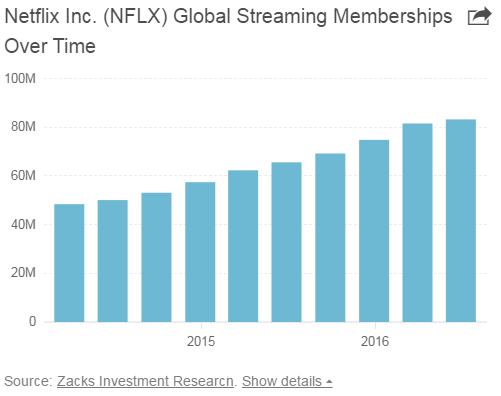
Why is the "TV wind" blowing across the ocean?
Today, the functions of transmitting information, providing entertainment, and resolving solitude on television itself are constantly being replaced by more interesting and fresh things. In the past, the scene in which a family waited to pursue a drama in the living room seemed to be becoming rarer and rarer; The “new TV style†blew up on the other side of the ocean, in addition to regaining the pleasure of the living room, it is also providing users with entertainment services in new ways.
Broad profitability Imagine someone wondering what motivates so many Internet giants to enter the TV industry. Profitability imagination is of course the most important reason. For Netflix, Netflix had revenue of $8.83 billion in 2016 and net profit of $187 million in 2016 (net profit in 2014 reached over $267 million). Unlike general video sites or cable TV, Netflix profits are concentrated on subscribers' subscriptions. Youtube CEO Susan Wojcicki also pointed out that for the development of television business: “The company does not worry about whether it is profitable in the short term. For new products entering the market, we usually focus on: Are we solving practical problems? Is this something we care about? If we Successful, can change?"
In addition, advertising is certainly a major source of income for Internet TV. However, the future advertising business will appear in a brand-new appearance, just as Wojcicki said, “The advertising-supported TV industry is one of the largest industries in the world. We have found that there are many aspects of experience that can be better: search, recommendation, Cloud storage. For Google, an advertising-based Internet company, this is a good investment." In her view, today's television advertising business is not humanized enough, and in the future Internet TV will provide advertisers with more quantified and accurate advertising services.
In addition, the international market, which is expanding at a high speed, also brings new profit momentum to the Internet TV business. According to the January 2017 report, Netflix added 7.05 million subscribers in the fourth quarter of 2016 (3.59 million subscribers in the third quarter), of which 1.93 million subscribers were new subscribers in the United States and 5.12 million were new subscribers. For the United States, which has a population of 300 million, 50 million local users have approached the saturation point of the domestic market, but the growth of the international market is still huge.
Of course, Apple, Amazon and other companies are also making profits through the manufacture of Apple TV, Fire TV and other hardware products.
Creating a new living room entertainment ecosystem Apple, whether it is optimistic about smart home life, or Amazon has a "full coverage from A to Z" ambition, to enter the video field, to seize the user's living room or an important part of its strategic layout.

More imaginations are also focused on the "living room economy." When people are recalled by smart TV services, there should be more room for imagination: for example, combined with education, games, shopping, and more, and virtual New technologies such as reality, augmented reality, and artificial intelligence achieve resonance. For example, Google and Amazon have introduced smart speaker products for the layout of the living room economy; the future of television will also be AI technology to further expand the application of the carrier, and continue to extend the intelligent, interconnected, and ecological core.

Recently, Netflix also revealed that it will introduce the sci-fi action movie starring Will Smith, and pay a $90 million copyright fee for this, and the movie production cost is 45 million US dollars.
In addition to the fact that Internet TV is a track that requires continuous transmission of money, the clarity of the profit model, the establishment of barriers for competitors, and the sales rate of smart hardware are all challenges facing Internet TV players.
However, no matter how many thorns ahead, the vanguard unit has already set off, and will use smart technology and a new business model as a spear to reach the other side of the user.
Smart TV/box information can focus on smart TV information network sofa butler (http://), China's influential TV box and smart TV website, providing information, communication, TV boxes, smart TVs, smart TV software, etc. Answering questions.
A new rule from the Drug Enforcement Administration (DEA) threatens to upend the American hemp industry, and could even result in criminal prosecutions for manufacturers of CBD and delta-8 THC products.
The DEA says the [interim final rule," issued Aug. 20, is simply a matter of adjusting its own regulations to account for changes to the Controlled Substances Act that were mandated by the 2018 Farm Bill (or Agricultural Improvement Act) that legalized hemp and CBD production. The new rule [merely conforms DEA`s regulations to the statutory amendments to the CSA that have already taken effect," says the agency. The new rule doesn`t break any ground, according to the DEA.
But many experts on cannabis and hemp law say the DEA rule creates a potential pathway the law enforcement agency could use to prosecute hemp processors and producers of CBD (cannabidiol) and delta-8 THC (or Δ8THC) products. There are two issues: partially processed CBD, and [synthetically derived" delta-8 THC.
Cbd Pod System Oem,Cbd Vape Pod Oem,Best Cbd Pod System,Cbd Pod System
Shenzhen MASON VAP Technology Co., Ltd. , https://www.e-cigarettefactory.com
